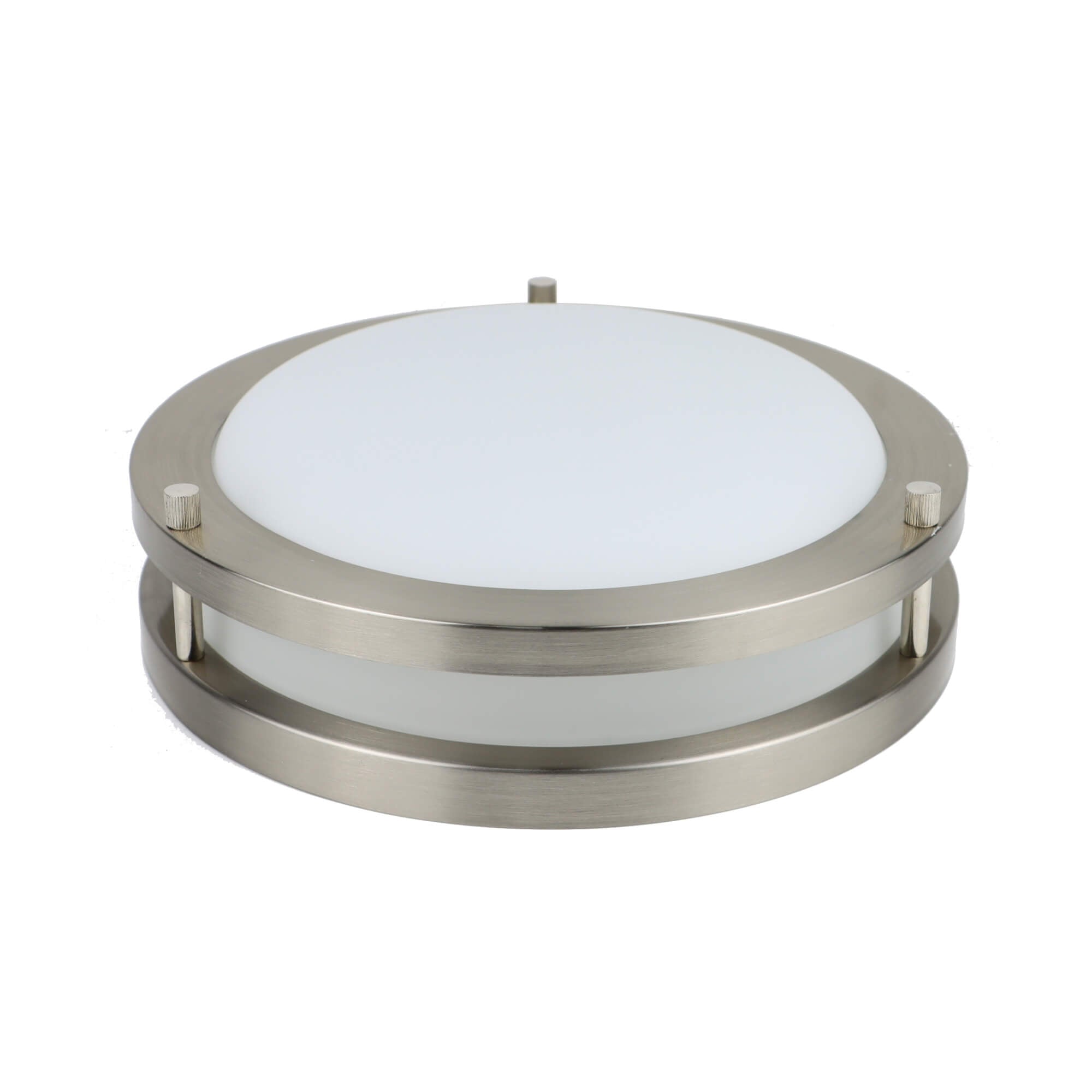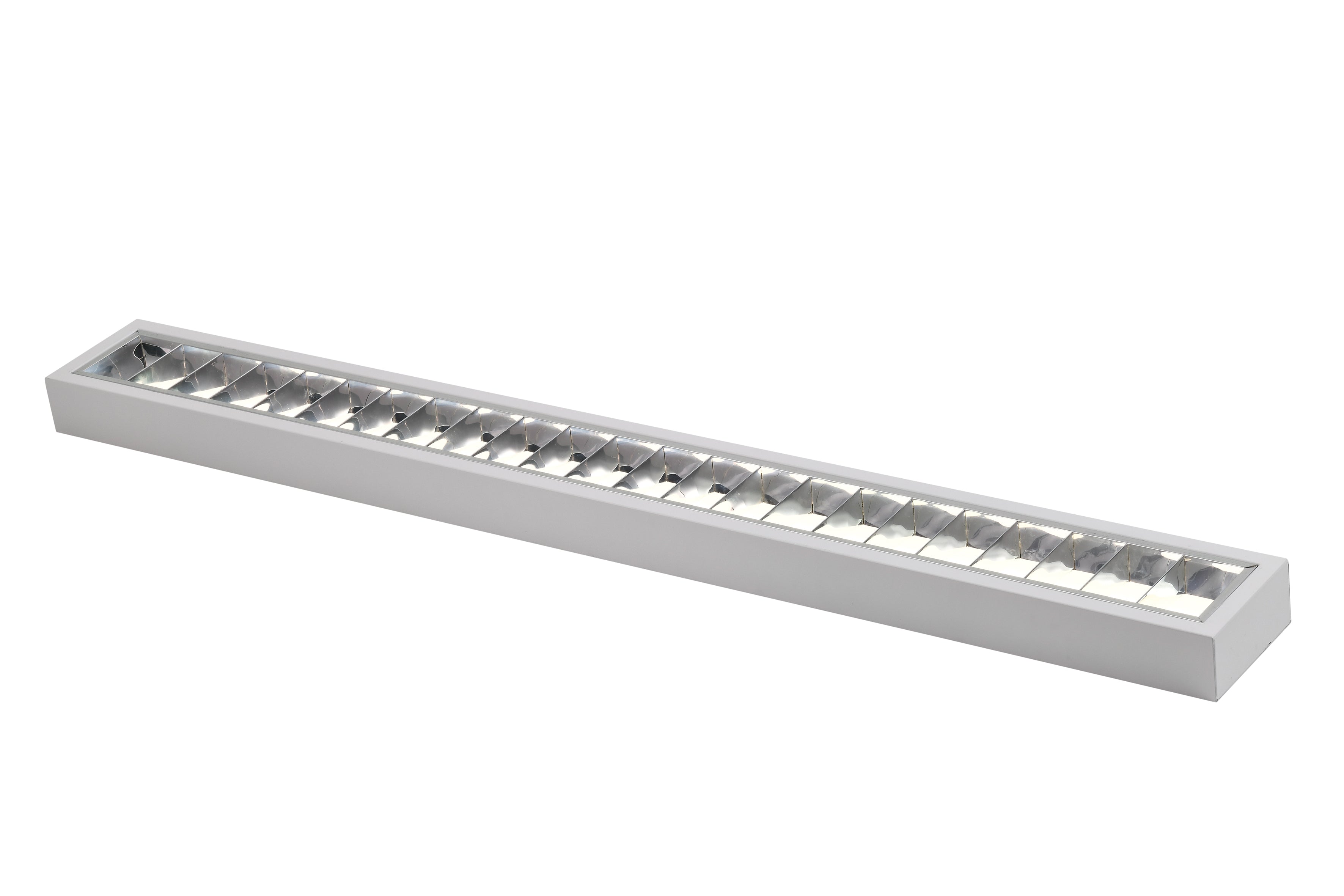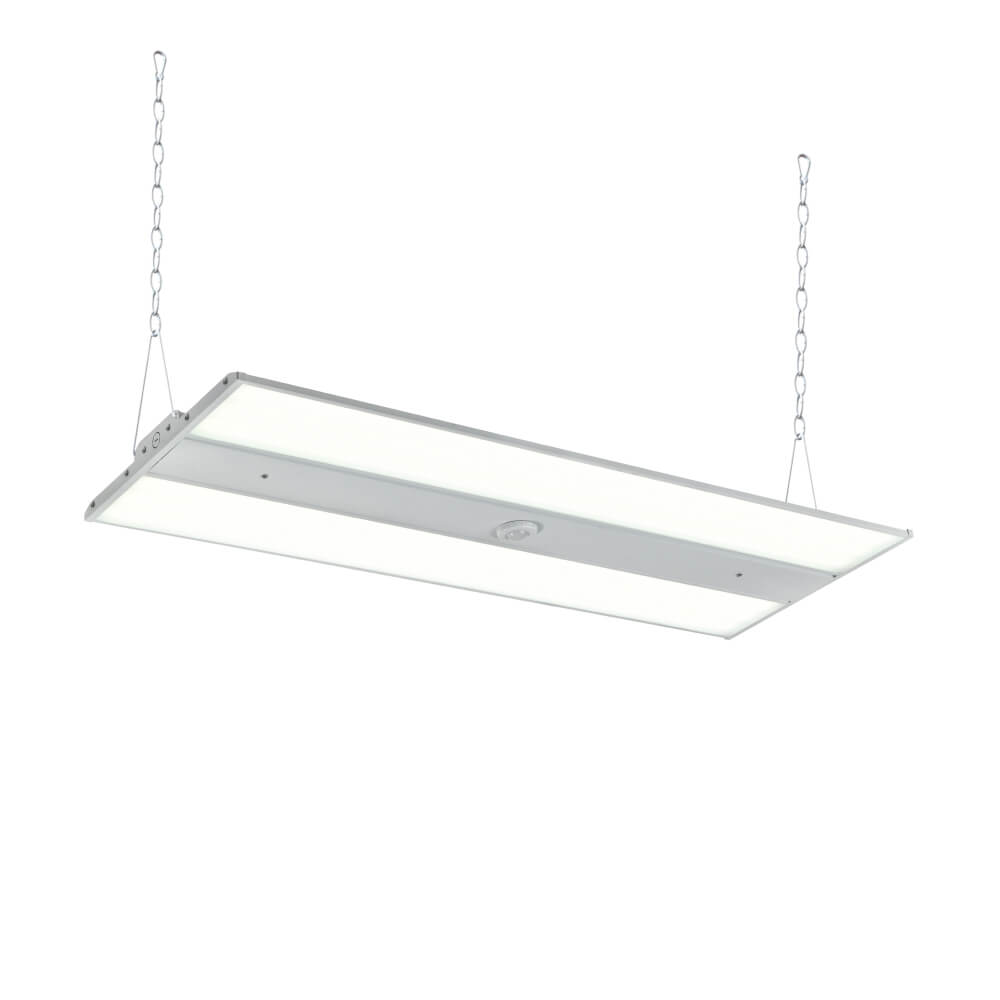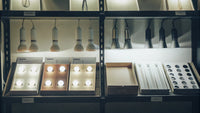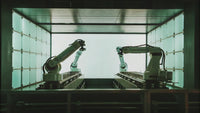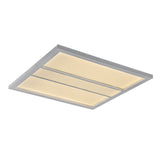LED Lighting Solutions for Museums: Protecting Artifacts While Enhancing Displays
Lighting is essential in museums, serving two vital purposes: it makes sure that visitors can see and appreciate every detail of the exhibits, and it protects these precious items for years to come. In the past, bright lights were great for showcasing artifacts but could also cause them harm over time. Thankfully, LED lighting has changed the game. It’s a win-win, safeguarding our cultural treasures while showing them off in the best possible way. This blog post explores how LED lights are making a big difference in museums, focusing on their ability to prevent damage and enhance the overall experience for visitors.

The Significance of Lighting in Museums
Visibility and Display: Proper lighting ensures that details, textures, and colors of objects are clearly visible, enhancing the overall viewing experience.
1. Preservation
In museums, lighting has to do a careful balancing act. It’s got to be bright enough so that everyone can see the amazing details of the artifacts on display, but not so bright that it ends up harming them. Strong light, especially the kind that carries UV and IR rays, is not friendly to old fabrics, paintings, and precious historical items made from organic materials; it can damage them beyond repair.
2. Enhancing Atmosphere
Lighting also plays a huge role in setting the right mood in a museum. It can make an exhibit come alive, stir up emotions, and carry visitors smoothly from one display to another, all while keeping in tune with the story the exhibition is telling.
3. Highlighting Signage and Interpretation
Lighting helps in highlighting signage, labels, and interpretive materials associated with exhibits. Clear and well-lit information enhances visitor engagement and understanding of the displayed artifacts.
4. Safety and Security
It also helps keep you safe, lighting up walkways and exits, and keeps the exhibits secure, deterring anyone from getting too hands-on with the displays.
Lighting Issues in Museums Today
Museums today work hard toward making their constituencies’ collections more accessible while having good care for them. They are supposed to treat more sensitive items with care, be gentle to the environment, and retain constant lighting that is in agreement with the building design.
1. Balancing Conservation and Display
The primary challenges, therefore, remain selecting a light source that will provide the necessary amount of illumination without harming the artifacts. Artifacts exposed to unfavorable conditions may suffer from photochemical damage in which colours fade and structures weaken.
2. Adjusting to the Diversity of Displayed Materials
Each artifact in the museum has its history and its quota of fragility and hence requires specialized lighting. Preserving diverse materials-from parchment to oil paintings-is not an easy undertaking.
3. Energy Consumption and Environmental Issues
Museums are not just preservers of our culture but living members of a community that is committed to the need for sustainability. Given the climate-conscious scenario around us, how to reduce energy consumption and lower the carbon footprint become prime concerns faced by museums.
4. Consistency and Architectural Integration
An ideal system of lighting would be one that enhances the fabric of the museum without intrusion or domination over the exhibits. More often than not, especially in historic buildings or uniquely designed buildings, a problem tends to arise with this matter.
Benefits of Applying LED Lighting in Museums
LEDs offer several benefits over traditional bulbs, including greater efficiency and longevity. They provide excellent light quality with minimal heat and no UV emissions. They’re also incredibly energy-efficient, converting up to 90% of their energy into light as opposed to 10-20% for incandescent bulbs.
1. Artifact Preservation
LEDs emit very little ultraviolet (UV) light compared to traditional lighting sources like incandescent or halogen bulbs. UV radiation can cause fading and deterioration of sensitive materials such as textiles, paintings, and natural fibers. LEDs help minimize this risk, thereby extending the lifespan of artifacts. They also produce much less heat than traditional lighting sources. This characteristic reduces the risk of heat damage to artifacts and helps maintain stable environmental conditions within display cases and exhibition spaces.
2. Energy Efficiency
Switching to LEDs offers museums a chance to seriously cut down on electricity use, as these lights need much less power compared to old-fashioned incandescent or fluorescent bulbs to provide the same level of brightness. This smart move leads to lower energy bills and reduces the overall carbon footprint of the museum.
3. High Color Rendering Index (CRI)
LEDs have a high color rendering index, which means they accurately render colors and details of artifacts. This feature is crucial in museums where accurate color representation is essential for the visual appreciation and scholarly study of exhibits.
4. Interactive Displays
LEDs enable museums to create interactive experiences by integrating motion sensors and programmable lighting systems. This technology invites visitors to become part of the display, with lights that react to movement or work alongside video and sound installations, making the museum visit more interactive, educational, and fun.
5. Flexibility and Control
The versatility of LED lighting stands out in its capacity for customization. Easy adjustments in brightness, color temperature, and focus give curators the tools to spotlight particular pieces and craft the perfect ambiance for any exhibition. This adaptability allows curators to create different lighting moods and adapt to changing exhibition needs.
6. Longevity and Durability
In terms of staying power, LEDs outshine traditional options by lasting many times longer, which means fewer replacements and less upkeep. This is especially beneficial in museums where changing a lightbulb isn’t as simple as reaching for the ceiling at home, ensuring that the art stays lit and safe without constant maintenance.
8 Tips for Selecting Museum-Appropriate LEDs
1. Low UV Emissions
Look for LEDs specifically designed for museum applications that are labeled as “UV-free” or emit minimal UV radiation, to minimize the risk of UV damage to sensitive artifacts.
2. High Color Rendering Index (CRI)
A high CRI of 90 or above ensures that colors are accurately rendered, allowing visitors to appreciate the true hues and details of exhibited artifacts.
3. Color Temperature Control
Select LEDs that offer adjustable color temperatures (e.g., warm white to cool white), as it allows curators to match the lighting to the specific requirements of different exhibits and to create appropriate atmospheres.
4. Dimming Capabilities
Dimming capabilities allow for flexibility in lighting levels, which is essential for highlighting different artifacts and adjusting lighting intensity throughout the day.
5. Directional and Adjustable Lighting
This feature allows for precise spotlighting of individual artifacts or areas within exhibits, minimizing light spillage and enhancing focus.
6. Energy Efficiency
Select LEDs that are energy efficient and meet or exceed energy efficiency standards (such as ENERGY STAR ratings). Energy-efficient LEDs not only lower electricity costs but also contribute to sustainability goals by reducing the museum’s carbon footprint.
7. Compatibility with Control Systems
LEDs should be compatible with existing or planned lighting control systems. This includes compatibility with dimming controls, programmable lighting systems, and integration with smart lighting technologies for enhanced operational efficiency.
8. Manufacturer Reputation and Support
When choosing LEDs, go for reputable manufacturers known for producing high-quality lighting solutions. Consider the availability of technical support, warranty coverage, and customer service to address any issues or questions that may arise.
Brightening up Museum with LED Lighting
It is at the junction between innovation and preservation that LED lighting provides service to museums by displaying their collections in the most flattering light possible, while preserving them for the enjoyment of future generations. As technology moves forward, through its variance and institutions’ adjusting and finding use with it, the role of lighting in a museum will vary, illuminating a pathway forward as much for the curator as for visitors.
